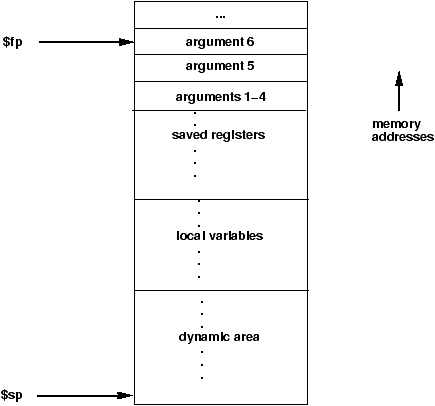
Figure 6: Layout of a stack frame. The frame pointer points just
below the last argument passed on the stack. The stack pointer points
to the last word in the frame.



Figure 6 shows a diagram of a stack frame. A frame consists of the memory between the frame pointer ($fp), which points to the word immediately after the last argument passed on the stack, and the stack pointer ($sp), which points to the last word in the frame. As typical of Unix systems, the stack grows down from higher memory addresses, so the frame pointer is above stack pointer.
Figure 6: Layout of a stack frame. The frame pointer points just below the last argument passed on the stack. The stack pointer points to the last word in the frame.


